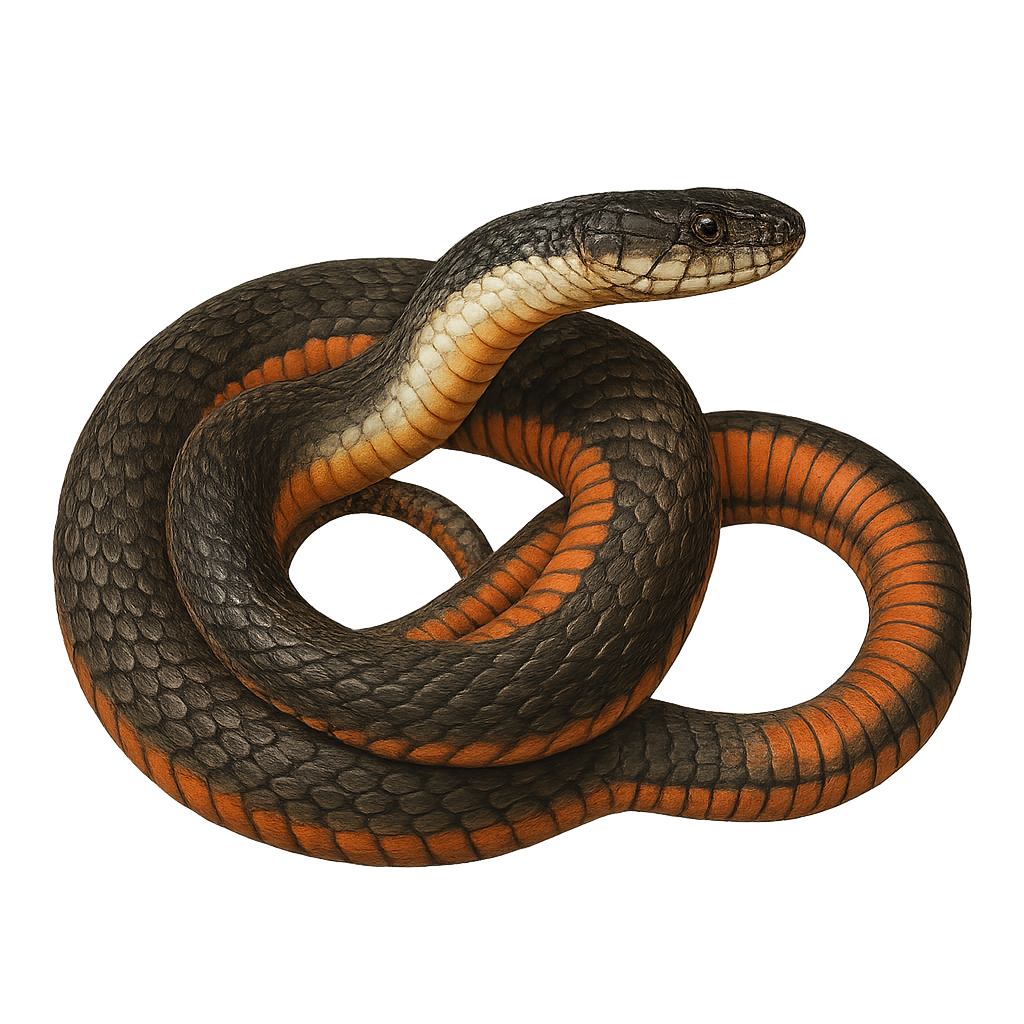Your wildlife photography guide.
Explore the plain-bellied water snake in detail, study its behavior, prepare your shots.
Where to observe and photograph the plain-bellied water snake in the wild
Learn where and when to spot the plain-bellied water snake in the wild, how to identify the species based on distinctive features, and what natural environments it inhabits. The WildlifePhotographer app offers tailored photography tips that reflect the plain-bellied water snake’s behavior, helping you capture better wildlife images. Explore the full species profile for key information including description, habitat, active periods, and approach techniques.
Plain-bellied Water Snake
Scientific name: Nerodia erythrogaster

IUCN Status: Least Concern
Family: COLUBRIDAE
Group: Reptiles
Sensitivity to human approach: Suspicious
Minimum approach distance: 5 m
Reproduction period: January to February
Incubation: 3–4 mois
Births: January to February
Habitat:
marshes, rivers, lakes
Activity period :
Active during the day when temperatures are favorable, often seen basking in the sun.
Identification and description:
The Nerodia erythrogaster, commonly known as the plain-bellied water snake, is a non-venomous aquatic snake found primarily in the southeastern United States. It is recognizable by its reddish or orange belly, contrasting with its typically brown or dark gray back. Measuring between 60 and 120 cm in length, it is often seen near freshwater bodies such as marshes, rivers, and lakes. Although primarily aquatic, it can also be found on land, especially when basking in the sun. It primarily feeds on fish and amphibians. Its breeding season occurs in spring, and it gives birth to live young, usually between July and September.
Recommended lens:
400 mm – adjust based on distance, desired framing (portrait or habitat), and approach conditions.
Photography tips:
To photograph the plain-bellied water snake, focus on areas near water where it is often active. Use a 400mm or longer telephoto lens to capture detailed images without disturbing it. Be patient and observe its movement habits to anticipate its actions. Shoot early in the morning or late in the afternoon to benefit from soft light and avoid reflections on the water. Stay discreet and avoid sudden movements to prevent scaring it away.
The WildlifePhotographer App is coming soon!
Be the first to explore the best nature spots, track rutting seasons, log your observations, and observe more wildlife.
Already 1 430 wildlife lovers subscribed worldwide

